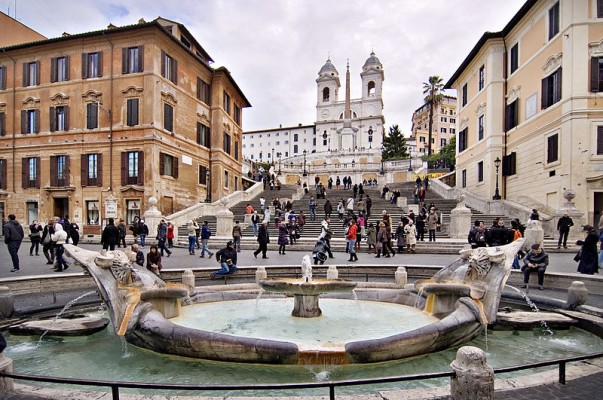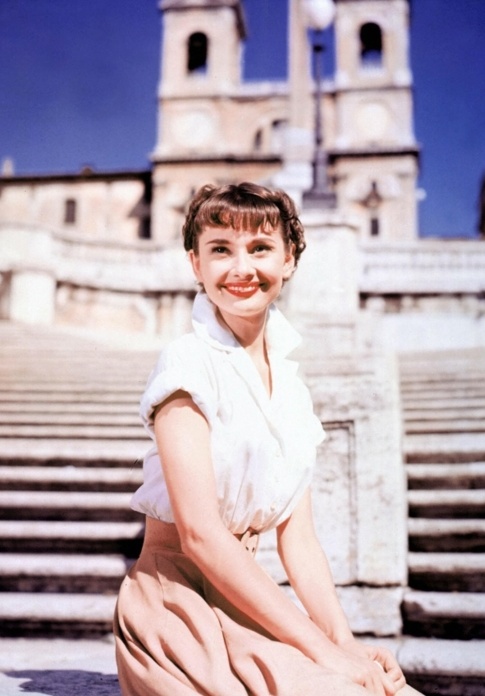 Nascita di Venere (Birth of Venus), Sandro Botticelli, 1486
Nascita di Venere (Birth of Venus), Sandro Botticelli, 1486
XCIX 99
In the stormy Aegean, the genital member is
seen to be received in the lap of Tethys, to drift
across the waves, wrapped in white foam,
beneath the various turnings of the planets;
and within, both with lovely and happy gestures,
a young woman with nonhuman countenance, is
carried on a conch shell, wafted to shore by
playful zephyrs; and it seems that heaven rejoices in her birth.
C 100
You would call the foam real, the sea real, real
the conch shell and real the blowing wind; you
would see the lightning in the goddess’s eyes,
the sky and the elements laughing about her; the
Hours treading the beach in white garments, the
breeze curling their loosened and flowing hair;
their faces not one, not different, as befits sisters.
CI 101
You could swear that the goddess had emerged
from the waves, pressing her hair with her right
hand, covering with the other her sweet mound
of flesh; and where the strand was imprinted by
her sacred and divine step, it had clothed itself
in flowers and grass; then with happy, more than
mortal features, she was received in the bosom
of the three nymphs and cloaked in a starry garment.
CII 102
With both hands one nymph holds above the
spray-wet tresses a garland, burning with gold
and oriental gems, another adjusts pearls in her
ears; the third, intent upon those beautiful
breasts and white shoulders, appears to strew
round them the rich necklaces with which they
three girded their own necks when they used to
dance in a ring in heaven.
CIII 103
Thence they seem to be raised toward heavenly spheres, seated upon a silver cloud:
in the hard stone you would seem to see the air trembling and all of heaven contented;
every god takes pleasure in her beauty and desires her happy bed: each face seems to marvel,
with raised eyebrows and wrinkled forehead…
Angelo Poliziano
Stanze per la giostra
Written between 1475-8
The iconography of Birth of Venus is similar to a description of the event (or rather, a description of a sculpture of the event) in a poem by Angelo Poliziano, the Stanze per la giostra. No single text provides the precise imagery of the painting, however, which has led scholars to propose many sources and interpretations. Art historians who specialize in the Italian Renaissance have found a Neoplatonic interpretation, which was most clearly articulated by Ernst Gombrich, to be the most enduring way to understand the painting. Botticelli represented the Neoplatonic idea of divine love in the form of a nude Venus.
For Plato – and so for the members of the Florentine Platonic Academy – Venus had two aspects: she was an earthly goddess who aroused humans to physical love or she was a heavenly goddess who inspired intellectual love in them. Plato further argued that contemplation of physical beauty allowed the mind to better understand spiritual beauty. So, looking at Venus, the most beautiful of goddesses, might at first raise a physical response in viewers which then lifted their minds towards the Creator. A Neoplatonic reading of Sandro Botticelli‘s Birth of Venus suggests that 15th-century viewers would have looked at the painting and felt their minds lifted to the realm of divine love.
More recently, questions have arisen about Neoplatonism as the dominant intellectual system of late 15th-century Florence, and scholars have indicated that there might be other ways to interpret Botticelli’s mythological paintings. In particular, both Primavera and Birth of Venus have been seen as wedding paintings that suggest appropriate behaviors for brides and grooms.
Venus is an Italian Renaissance ideal: red-haired, pale-skinned, voluptuous. Botticelli has picked out highlights in her hair with gold leaf and has emphasized the femininity of her body (long neck, curviness). The brilliant light and soothing colours, the luxurious garden, the gorgeous draperies of the nymph, and the roses floating around the beautiful nude all suggest that the painting is meant to bring pleasure to the viewer.
 So-called “Capitoline Venus”, one of the best preserved copies of Praxiteles’ Cnidian Venus (4th century BC).
So-called “Capitoline Venus”, one of the best preserved copies of Praxiteles’ Cnidian Venus (4th century BC).
The central figure of Venus in the painting is very similar to Praxiteles‘ sculpture of Aphrodite. The version of her birth, is where she arises from the sea, already a fully grown woman.
 Venus de’ Medici
Venus de’ Medici
The pose of Botticelli’s Venus is reminiscent of the Venus de’ Medici, a marble sculpture from classical antiquity in the Medici collection which Botticelli had opportunity to study. Botticelli was commissioned to paint the work by the Medici family of Florence, specifically Lorenzo di Pierfrancesco de’ Medici under the influence of his cousin Lorenzo de’ Medici, close friend to Botticelli. The painting is on display at the Uffizi Gallery in Florence, Italy.
 Le Penseur (The Thinker), by Aguste Rodin. Rodin first conceived the figure as part of another work in 1880, but the first of the familiar monumental bronze castings did not appear until 1904
Le Penseur (The Thinker), by Aguste Rodin. Rodin first conceived the figure as part of another work in 1880, but the first of the familiar monumental bronze castings did not appear until 1904 The Thinker in The Gates of Hell at the Musée Rodin
The Thinker in The Gates of Hell at the Musée Rodin

















